
Read or listen offline
Amazon Kindle
auto-generated audio
1×
Log in to listen to the audio summary.
auto-generated audio
Recommendation
The concept of disruptive innovation has informed boardroom decisions ever since Clayton M. Christensen introduced it in his now classic 1997 book, The Innovator’s Dilemma. The theory has been guiding discourse on public schools, higher education, health care, and more. Meanwhile, few are questioning the theory’s underlying evidence. In this New Yorker essay, Harvard historian Jill Lepore takes a close look at the origins of the popular theory and provides an opportunity to pause and reflect on one of today’s most widespread yet poorly understood assumptions.
Summary
About the Author
Jill Lepore is professor of American history at Harvard University and a staff writer at The New Yorker.
By the same author
Book
Learners who read this summary also read
Article
Article
Report










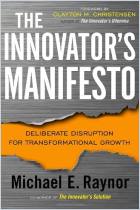
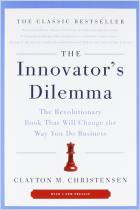
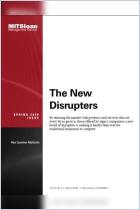
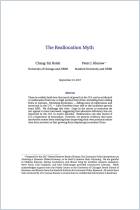
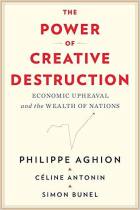





Comment on this summary or Start Discussion